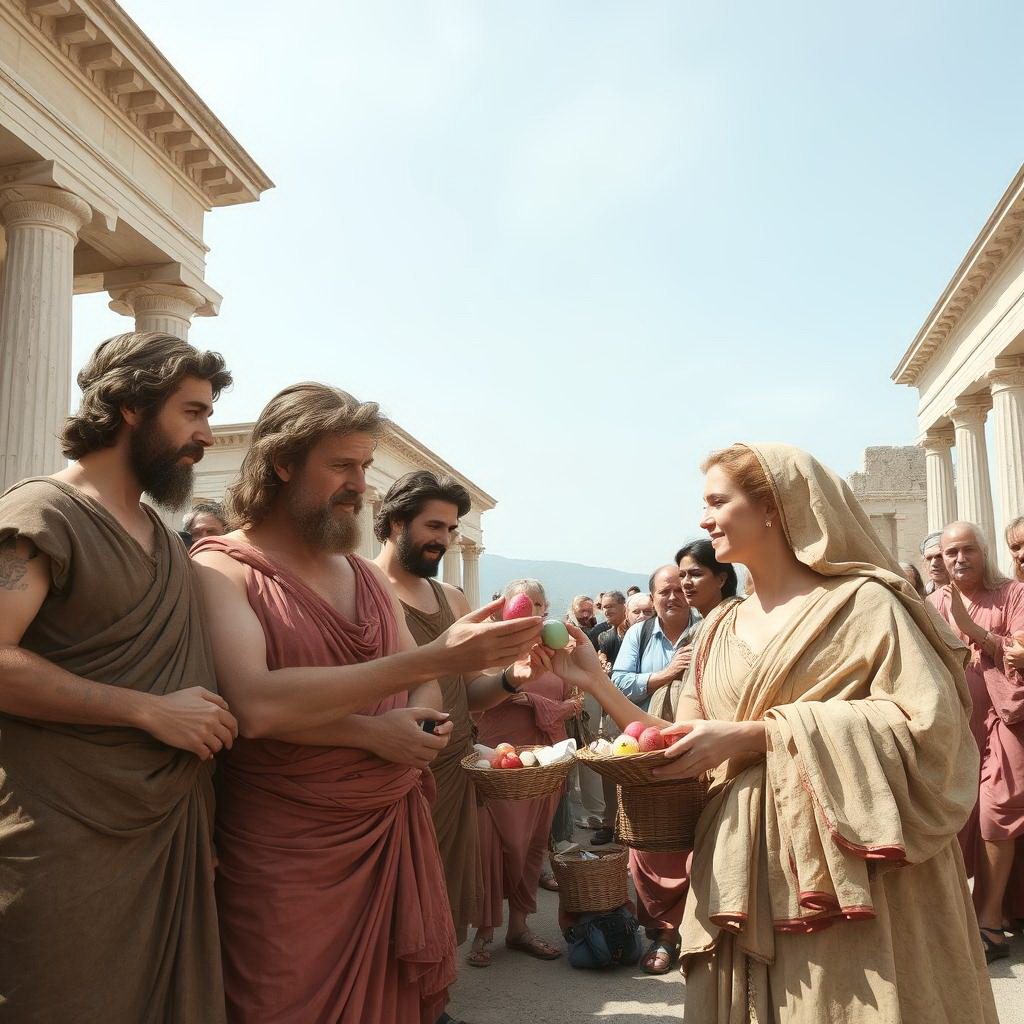Easter eggs, a tradition much older than you think

Every spring, we unwrap shiny chocolate eggs or dye real ones in cheerful colors, not always knowing why. It’s just something we do — a tradition passed down like a recipe or a family story. But few people suspect that this habit, so tightly linked to Easter today, is actually much older than Christianity itself. Long before the resurrection of Christ, people across the Mediterranean and the Near East were exchanging eggs as symbols of life, rebirth, and cosmic mystery.
In ancient Egypt, the egg was no breakfast item — it was sacred. According to some creation myths, the world began when the sun god Ra emerged from a primordial egg floating on the waters of chaos. To give someone an egg, then, was to hand them a symbol of life itself. Painted ostrich eggs have been found in tombs, treasures offered to accompany the soul on its journey to the next world. Even in death, the egg whispered of new beginnings.
The Persians, too, honored the egg during Nowruz, their New Year festival at the spring equinox. They would dye eggs and offer them to one another as wishes for fertility, vitality, and fresh starts. Spring was the Earth’s own resurrection, and the egg was its secret symbol. The custom survives even today, not just in Iran but across Central Asia.
In Greece, the egg took on a cosmic twist. In the Orphic mysteries, the universe was born from a glowing silver egg — cracked open by Phanes, the god of light and creation. The shell, in this story, is not just a shell — it’s the veil between potential and being, between night and day. Breaking an egg, then, becomes a quiet ritual of transformation.
Even in Rome, while chocolate wasn’t yet a thing, eggs were everywhere. They opened meals (ab ovo), appeared in springtime fertility rites, and were associated with the goddess Flora, bringer of blooms. Etruscan tombs — older still — have yielded decorated ostrich eggs placed next to the deceased, as if to say: death is just a pause before life cracks open once more.
So what did Christianity do? It did what Christianity often did — it gathered the richest symbols from older traditions and gave them new meaning. The egg became a perfect metaphor for the tomb of Christ: sealed, still, lifeless — until it breaks open into resurrection and eternal life. The fasting rules of Lent, which once forbade eating eggs, added a practical layer: by Easter, people had plenty to share. They boiled them, painted them, gifted them — a joyful surplus turned into a celebration.
Later came the chocolates, the bunnies, the sweet wrappers. But the essence remains. When we give an egg at Easter, we participate in a story told by many civilizations, across thousands of years: a story of hope, of life surprising death, of something waiting to hatch.
So next time you hold that egg in your hand — real or wrapped in foil — remember: you’re holding a universe, a prayer, a mystery as old as spring itself.
By Brunus

